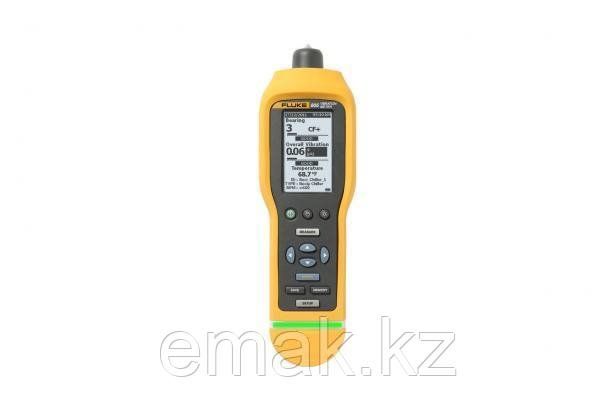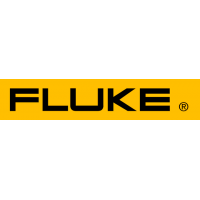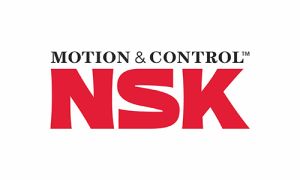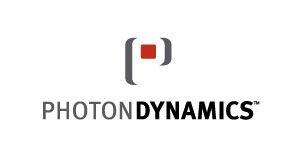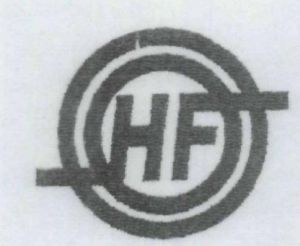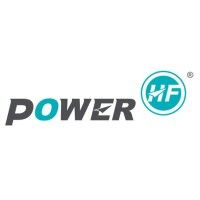Vibration Meter, Fluke 805 - Fluke
Vibration meter The new Fluke 805 is the most accurate, reliable and easy-to-use instrument for daily machine inspections. Be confident when making maintenance decisions. Reliable results from the most famous among measuring instruments. Reliable, repeatable, accurate way to check bearing condition and overall vibration levels. Make maintenance decisions with confidence. The Fluke 805 Vibration Meter is the most reliable vibration meter for shop floor mechanical troubleshooting teams who require reliable results from routine measurements of overall vibration and bearing health. What makes the Fluke 805 the best choice? This...Vibration meter
The new Fluke 805 is the most accurate, reliable and easy-to-use instrument for daily machine inspections. Be confident when making maintenance decisions. Reliable results from the most famous among measuring instruments.
Reliable, repeatable, accurate way to check bearing condition and overall vibration levels.
Make maintenance decisions with confidence. The Fluke 805 Vibration Meter is the most reliable vibration meter for shop floor mechanical troubleshooting teams who require reliable results from routine measurements of overall vibration and bearing health.
What makes the Fluke 805 the best choice?
This full-fledged measuring device, unlike simplified pen vibrometers, measures both general vibration and specific parameters, including the condition and temperature of the bearings, which allows for a more complete diagnosis.
The transducer tip provides vibration and pressure control that compensates for variability in force and angle of pressure and increases accuracy and repeatability of readings.
A 4-level criticality scale and built-in processor help evaluate bearing condition and display it in clear text messages (Good, Fair, Poor, or Unacceptable).
The sensitivity of the sensor provides vibration detection in a wide frequency range (10–1000 Hz and 4,000–20,000 Hz) covering most types of equipment.
The clear user interface requires only the speed range and equipment type to be entered.
Features and Benefits of the Fluke 805 Vibrometer
- Innovative sensor design and minimizes measurement scatter caused by instrument angle and pressure
- Consistent data quality in both low and high ranges
- A four-level scale provides an indication of the severity of the problem for the overall vibration level and the condition of the bearings
- Ability to export data via USB
- Trend analysis in Microsoft® Excel using built-in templates
- General vibration measurement (from 10 to 1000 Hz) in units of acceleration, velocity and displacement for a wide range of equipment
- Crest Factor+ provides a reliable assessment of bearing condition using direct probe tip measurements from 4,000 to 20,000 Hz
- Colored indicators (green, red) and on-screen comments indicate which pressure is required to measure
- Temperature measurement with IR sensor enhances diagnostic capabilities
- Built-in memory can store up to 3,500 measurements
- Audio output for direct listening to bearing noise
- External accelerometer support for hard to reach places
- Backlight for measuring in dark places
- Large high-resolution screen for ease of use and viewing of results
With the Fluke 805 Vibrometer, you can check the operation of the following types of equipment:
- Chillers (cooling)
- Fans
- Cooling tower drives
- Centrifugal pumps
- positive displacement pumps
- Air compressors
- Blowers
- Typical gearboxes (with rolling bearings)
- Machine tool equipment (motors, gearboxes, spindles, etc.)
What is Crest Factor+?
Crest Factor+ is a new proprietary algorithm (and technology) for assessing bearing condition to provide more accurate and consistent results. The original Crest Factor algorithm is used by vibration specialists to identify bearing defects. This is the ratio of the peak value to the RMS value of the vibration signal over a time interval.
A key drawback of the original way of calculating the Crest Factor is that its value does not increase linearly as bearings deteriorate, making it difficult to assess the severity of mechanical defects. The Crest Factor may decrease in catastrophic bearing conditions due to large RMS values.
To overcome this limitation, Fluke uses the proprietary Crest Factor+ (Crest Factor +, CF+) algorithm. CF+ values range from 1 to 16. As the condition of a bearing deteriorates, the CF+ value increases, making it easy to determine the severity of the problem. To simplify diagnosis, Fluke has also provided the instrument with a four-level criticality scale that ranks bearing condition as Good, Fair, Poor, or Invalid.
Export and trend with the Fluke 805 Vibrometer
The best way to track the condition of a machine is to observe trends or to spreadsheet the results of repeated vibration measurements. With 805 you can:
- Export results to Excel via USB connection
- Analyze reading trends with built-in Microsoft® Excel templates and graphs
- Compare total vibration readings with ISO standards (10816-1, 10816-3, 10816-7).
Vibrometer | |
Low frequency range (final measurements) | 10 Hz - 1000 Hz |
High frequency range (CF+ measurement) | 4,000 Hz - 20,000 Hz |
Severity levels | Good, Satisfactory, Unsatisfactory, Unacceptable |
Vibration limit | Peak (maximum amplitude) 50 g (Peak-peak (peak-to-peak) 100 g) |
Analog to digital converter | 16-bit |
Signal to noise ratio | 80 dB |
Sampling frequency | Low frequency: 20,000 Hz High frequency: 80,000 Hz |
Real time clock backup | Miniature battery |
Sensor | |
Sensitivity | 100 mV/g ± 10% |
Measuring range | 0.01–50g |
Low frequency range (final measurements) | 10 Hz - 1000 Hz |
High frequency range | 4,000 Hz - 20,000 Hz |
Permission | 0.01 g |
Accuracy | At 100 Hz ± 5% of measured value |
Amplitude units | |
Acceleration | g, m/s? |
Air flow rate | inch/s, mm/s |
Bias | milliinch, millimeters |
Infrared thermometer (temperature measurement) | |
Range | -20°C to 200°C (-4°F to 392°F) |
Accuracy | ±2°C (4°F) |
Focal length | ~3.8 cm (1.5") fixed |
External sensor (Note: Fluke supports the use of external sensors, but does not provide them) | |
Frequency range | 10 Hz - 1000 Hz |
Bias voltage (relative to power supply) | 20 - 22 VDC |
Bias current (relative to power supply) | no more than 5 mA |
Firmware | |
Calibration | Factory calibration required |
External interfaces | USB 2.0 communication (full speed) |
Data storage capacity | Database on built-in flash memory |
Update | via USB |
Memory | Up to 3500 measurements |
Radiation | |
Electrostatic Discharge: Impulse | Standard EN 61000-4-2 |
Electromagnetic interference | Standard EN 61000-4-3 |
RE | CISPR 11, Class A |
terms of Use | |
Working temperature | -20°C to 50°C (-4°F to 122°F) |
Storage temperature | -30°C to 80°C (-22°F to 176°F) |
Permissible humidity during operation | 10% to 95% (relative), |
Working/Storage Height | up to 3048 m above sea level |
Degree of protection | IP54 |
Vibration limit | Peak value 500 g |
impact resistance | 1m |
Total information | |
Battery Type | AA(2) Lithium iron disulfide |
Battery Life | Eight hours |
Size (L x W x H) | 24.1 x 7.1 x 5.8 cm |
Weight | 0.40 kg |
Connectors | USB Mini-B 7-pin, stereo audio output jack (3.5mm audio plug), external sensor jack (SMB connector) |
Product code 58749192
brand Fluke
State Новое
Manufacturer country США



